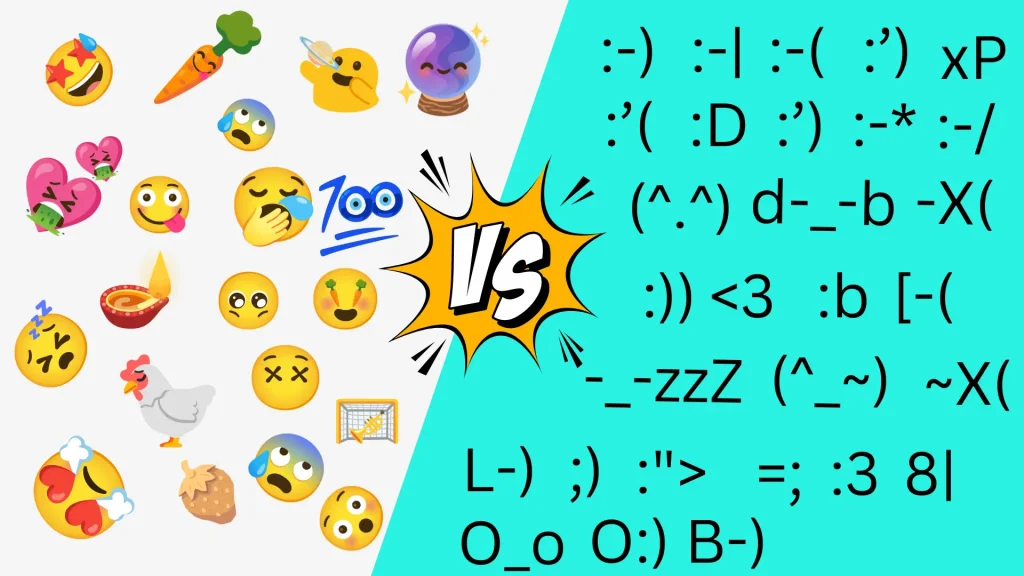Understanding the Key Differences Between Emoji vs Emoticon for Better Digital Communication
Have you ever found yourself stuck in a digital conversation, unsure whether to use an emoji or an emoticon? It’s a common dilemma in today’s world where communication relies so heavily on these tiny symbols. Choosing the wrong one can sometimes lead to confusion or even misunderstandings. That’s why it’s so important to know the difference between emojis and emoticons and to use them effectively.

But don’t worry, you don’t have to navigate this alone. By the end of this article, you’ll have a clear understanding of what sets emojis apart from emoticons and when to use each. We’ll break down their features, origins, and the best scenarios for their use, ensuring you’ll never have to second-guess your digital expressions again. So, let’s dive into the colorful world of emojis and the simple, classic charm of emoticons.
What Are Emojis?
Emojis are colorful, graphic symbols that represent emotions, objects, animals, and more. Originating in Japan in the late 1990s, these tiny icons have become a universal language. Whether it’s a smiley face, a thumbs-up, or a slice of pizza, emojis add a splash of personality to our texts and social media posts. They’re often used to convey feelings or ideas quickly and visually, making them perfect for our fast-paced, digital world.

One of the key features of emojis is their versatility. They can be used in a wide range of contexts, from casual conversations to professional communications, depending on the tone you want to set. Emojis are continually evolving, with new icons being added regularly to represent a diverse range of cultures, activities, and emotions. This constant evolution helps keep our digital conversations fresh and relatable.
What Are Emoticons?
Emoticons, on the other hand, are the original digital expressions. Created by combining keyboard characters like colons, hyphens, and parentheses, emoticons convey emotions in a simple and straightforward way. Think of the classic smiley face 🙂 or the wink ;-). These symbols have been around since the early days of the internet and still hold a special place in online communication.
The simplicity of emoticons is what makes them unique. While they lack the visual flair of emojis, they are timeless and can be easily created on any device without needing special software. Emoticons are often used in more formal or professional settings where the use of flashy emojis might be considered inappropriate. They are a subtle way to convey emotion without being too overwhelming.
Differences Between Emojis vs Emoticons
While both emojis and emoticons serve to express emotions and ideas, they do so in very different ways. Emojis are more visually engaging and can represent a wide variety of objects, actions, and feelings. Emoticons, however, rely on text characters and are generally limited to facial expressions.

Another key difference is in their usage. Emojis are more commonly used in informal settings, such as texting with friends or posting on social media, while emoticons might be preferred in more formal or minimalist communications. Additionally, the meaning of an emoji can vary depending on the context or cultural differences, whereas emoticons tend to have more universally understood meanings.
FAQs About Emoji vs Emoticon
Conclusion
Understanding the difference between emojis and emoticons can greatly improve your digital communication. Emojis offer a colorful and versatile way to express a wide range of emotions and ideas, while emoticons provide a simple, timeless option for conveying feelings. By using these symbols appropriately, you can enhance your messages and avoid potential misunderstandings. So next time you’re typing out a message, remember the strengths of both emojis and emoticons, and use them to your advantage.
